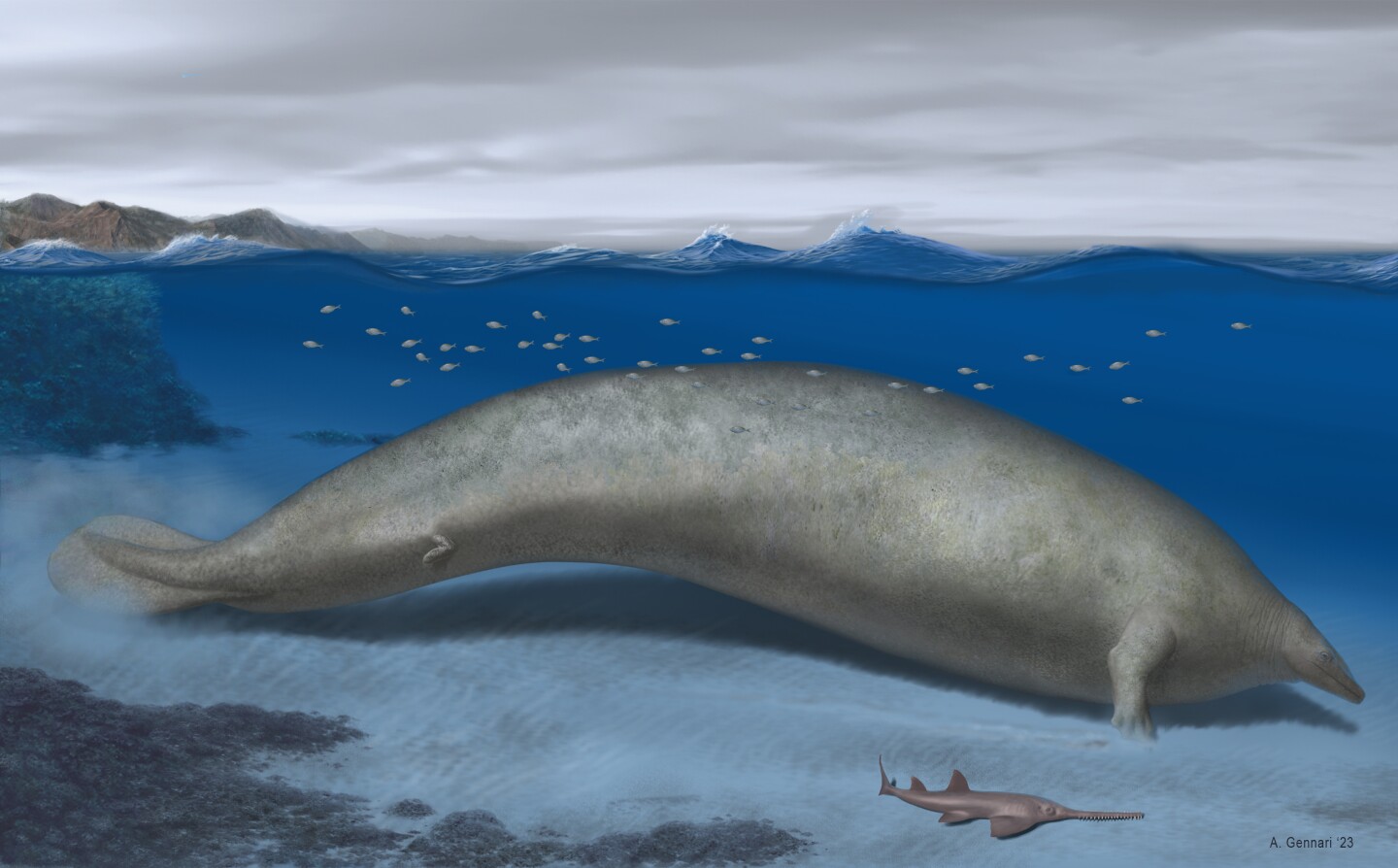Decarbonization containers turn 78% of marine emissions into limestone
A remarkable pilot project installed on a 240-m (787-ft) container ship has proven it’s possible to capture at least 78% of emissions from the smokestacks of cargo ships and convert the CO2 into limestone pebbles, which can be offloaded and sold.Contin… Continue reading Decarbonization containers turn 78% of marine emissions into limestone
